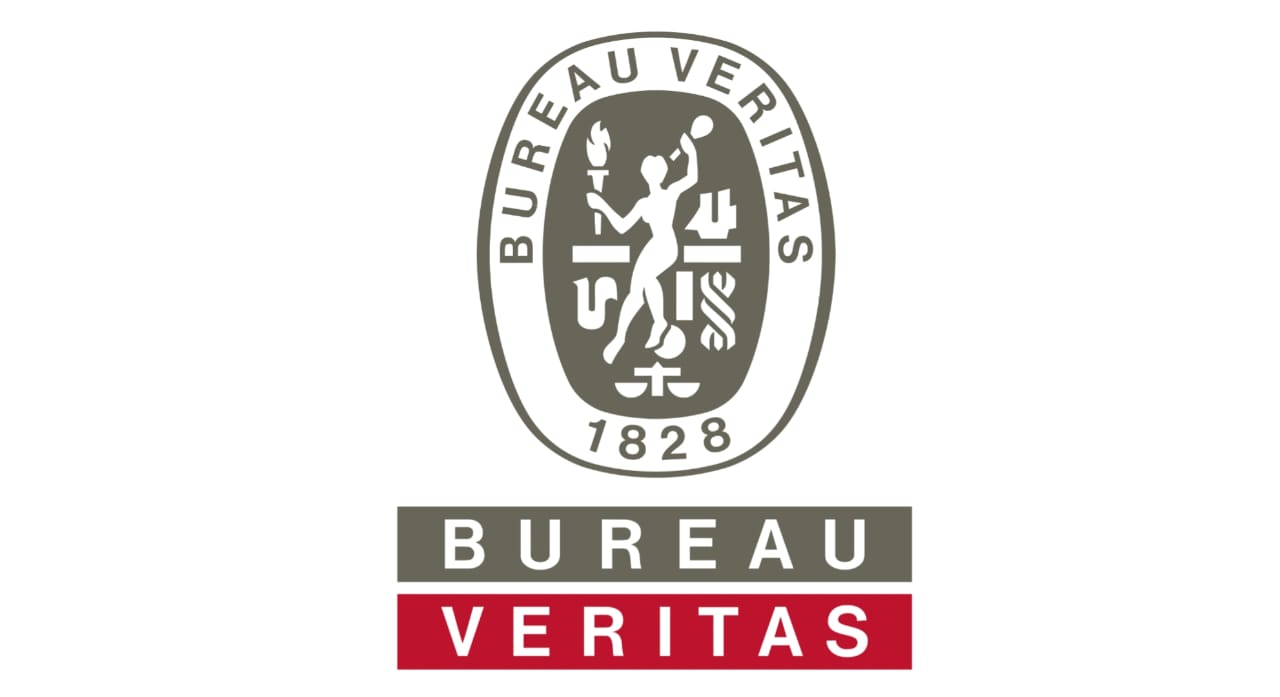Enhancing Security Through CCTV Surveillance Coverage Study
AARMTECH-CCTV Surveillance Coverage Study

Enhancing Security Through CCTV Surveillance Coverage Study
In today's rapidly evolving world, the importance of Closed-Circuit Television (CCTV) systems in ensuring safety, monitoring traffic, and preventing crime cannot be overstated. However, the deployment of CCTV cameras often relies on design experience and trial-and-error, lacking a systematic and robust evaluation process. This is where a CCTV Surveillance Coverage Study comes into play, offering a quantitative and analytical approach to assess the effectiveness of surveillance systems.
Understanding the Need for CCTV Surveillance Coverage Study:
A CCTV Coverage study delves into the heart of monitoring efficiency, evaluating how effectively a target area is being observed by the surveillance system. This study introduces two crucial indicators to measure surveillance performance: Surveillance Resolution and Surveillance Coverage Index.
Surveillance Resolution: This indicator measures how closely a specific object can be monitored, focusing on identification. Factors such as location, mounting heights, and camera orientation play a pivotal role. For instance, the study evaluates the system's ability to identify individuals entering a specific area.
Surveillance Coverage Index: Unlike resolution, this indicator shifts the focus to a specific region, assessing how completely a region of interest can be monitored. This is critical for detection purposes and is applied to areas such as the main entrance of a plant, tank farms, well pads, flares, and process areas.
Challenges and Considerations:
Effective coverage must address challenges such as varying lighting conditions, including day and night visibility, and the avoidance of sun effects and fixed obstructions. Additionally, it must align with the project's zero-manning philosophy, ensuring continuous monitoring without compromising on security.
Key Components of the Coverage Study:
Zoom Capability: The coverage should be capable of zooming in to view objects at the individual level, whether it's day or night.
Avoidance of Sun Effects and Obstructions: The study ensures that the coverage is not hindered by sun glare or fixed structures, including outdoor equipment shades.
Zero-Manning Philosophy: Taking into account the project's philosophy, the study ensures that surveillance coverage is designed to operate efficiently without constant human intervention.
100% Coverage of Critical Areas: To maximize security, the study emphasizes achieving 100% coverage of Critical Detection Systems (CDS) and off-plot wells.
Reporting and Recommendations:
The reports generated from the study are comprehensive, including details such as the direction of coverage, radius of coverage, and Field of View (FOV) calculations as a minimum requirement. Crucially, the study doesn't just stop at identifying potential blind spots; it provides actionable recommendations to eliminate these areas of vulnerability.
a CCTV Surveillance Coverage Study is an essential tool for organizations and communities committed to enhancing security. By adopting a quantitative and systematic approach, this study ensures that surveillance systems are not only in place but optimized for peak performance, contributing to safer environments for everyone.







